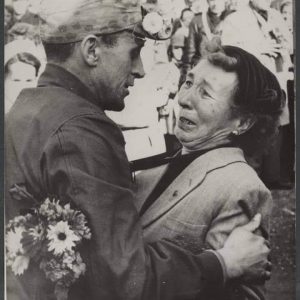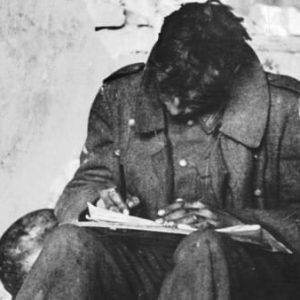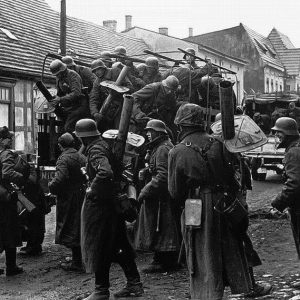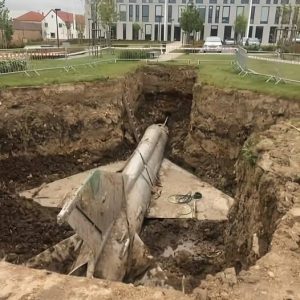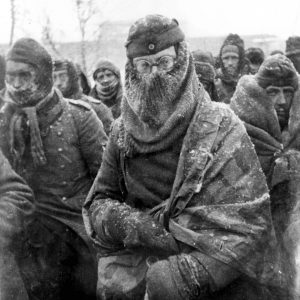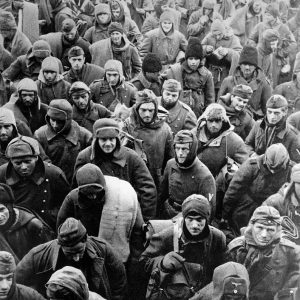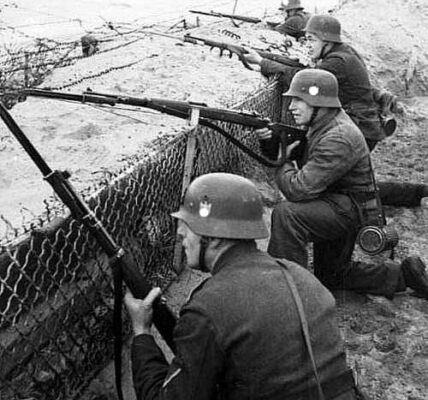Berlin 1945 – A Soviet tank in front of the Reichstag: The end of the Third Reich in pictures _de
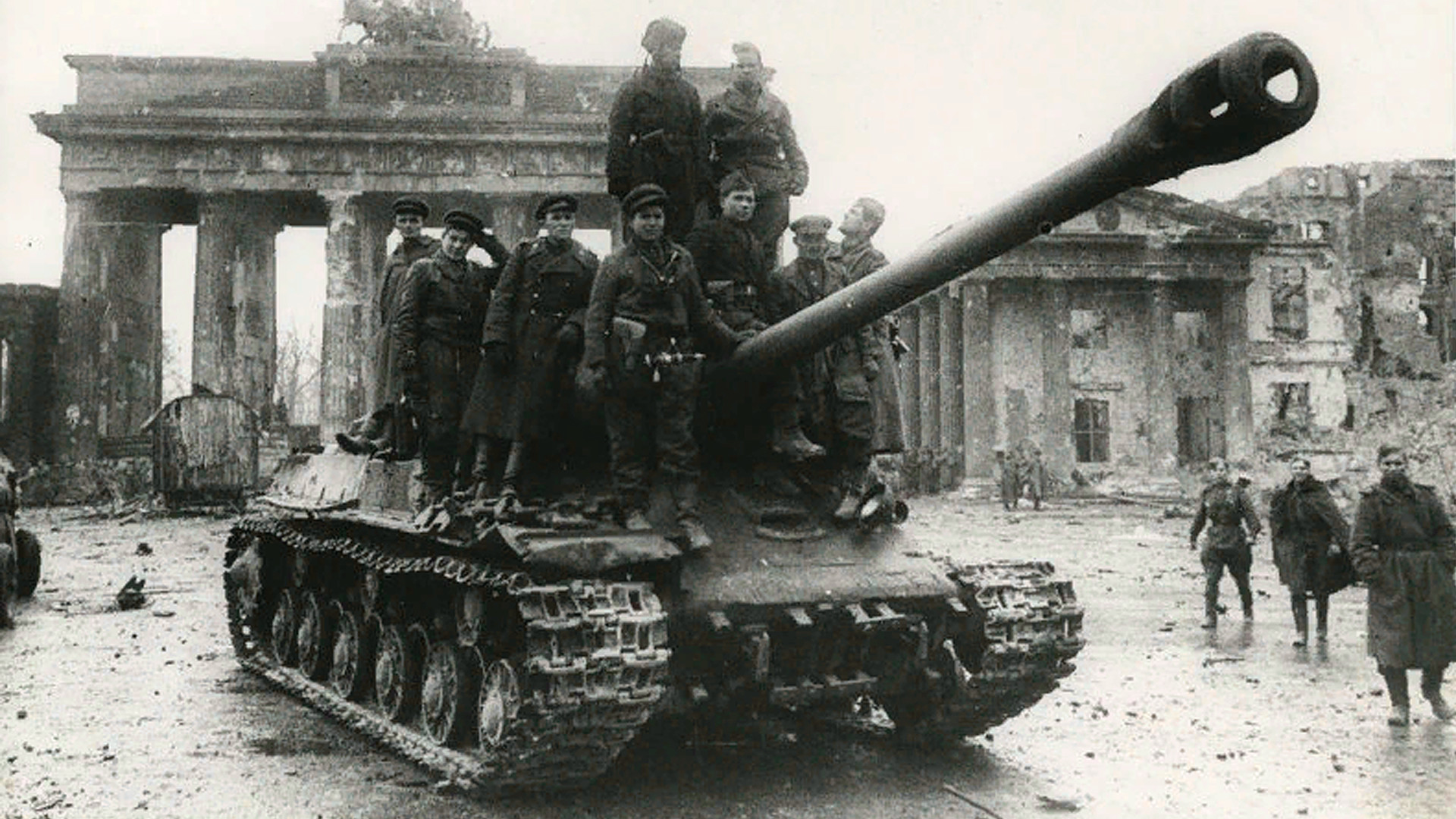
When we look at this striking image, we see not just a war vehicle, but a symbol of an entire era that has come to a dramatic end. The Soviet IS-2 tank stands in front of the Reichstag building in Berlin, a place that had stood for power, politics, and national identity since the German Empire. By the spring of 1945, however, the Reichstag was no longer the parliament of a democratic country, but the ruins of a regime that had dragged all of Europe into the abyss.
The Battle of Berlin, which raged in April and May 1945, is considered one of the bloodiest conflicts of World War II. Hundreds of thousands of Red Army soldiers fought against the last remnants of the Wehrmacht and the Waffen-SS. For Adolf Hitler and his followers, Berlin was the last bastion, to be defended at all costs. But the resistance was in vain: the Soviet Union’s superiority was too great, the German troops too exhausted, and the supply situation catastrophic.
Amid this inferno, Soviet tanks advanced step by step through the destroyed streets. The photo shows a scene in the immediate vicinity of the Reichstag, whose facade was already badly damaged by shells and bombs. Trams that once carried Berliners through the city stand useless and burned out at the edge. Soviet soldiers move among them, while the tank directs its massive cannon toward the ruins.
This image is not only a snapshot of military might, but also a symbol of the collapse of an entire order. The Reichstag, once a symbol of German statehood, had been virtually disempowered by the Nazis since 1933. The Reichstag’s fire that same year served as a pretext for the regime to suspend democratic rights and establish a dictatorship. Now, twelve years later, the same building marked the final backdrop of the collapse.
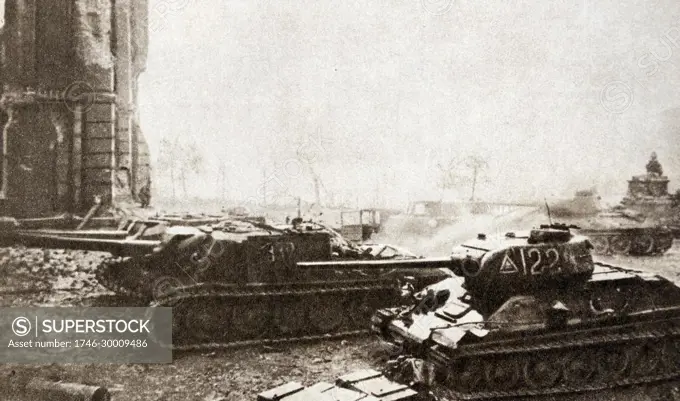
For the Soviet soldiers, the Battle of Berlin was more than just a military operation. It was revenge for the unprecedented war of annihilation that Hitler’s Germany had waged against the Soviet Union since 1941. Millions of dead, cities destroyed, and countless war crimes lay behind this offensive. The capture of the Reichstag therefore had not only strategic but also symbolic significance. The storming of the building was staged by the Soviet side as a historic victory, and the famous scene of the raising of the Red Flag on the roof went viral.
For the people of Berlin, however, this period meant, above all, suffering. Many civilians sought shelter from the fighting in basements and ruins. Hunger, fear, and uncertainty about what was to come characterized everyday life. While the end of the war brought an end to the Nazi dictatorship, a new, difficult era began for the people – marked by occupation, division, and the arduous reconstruction.
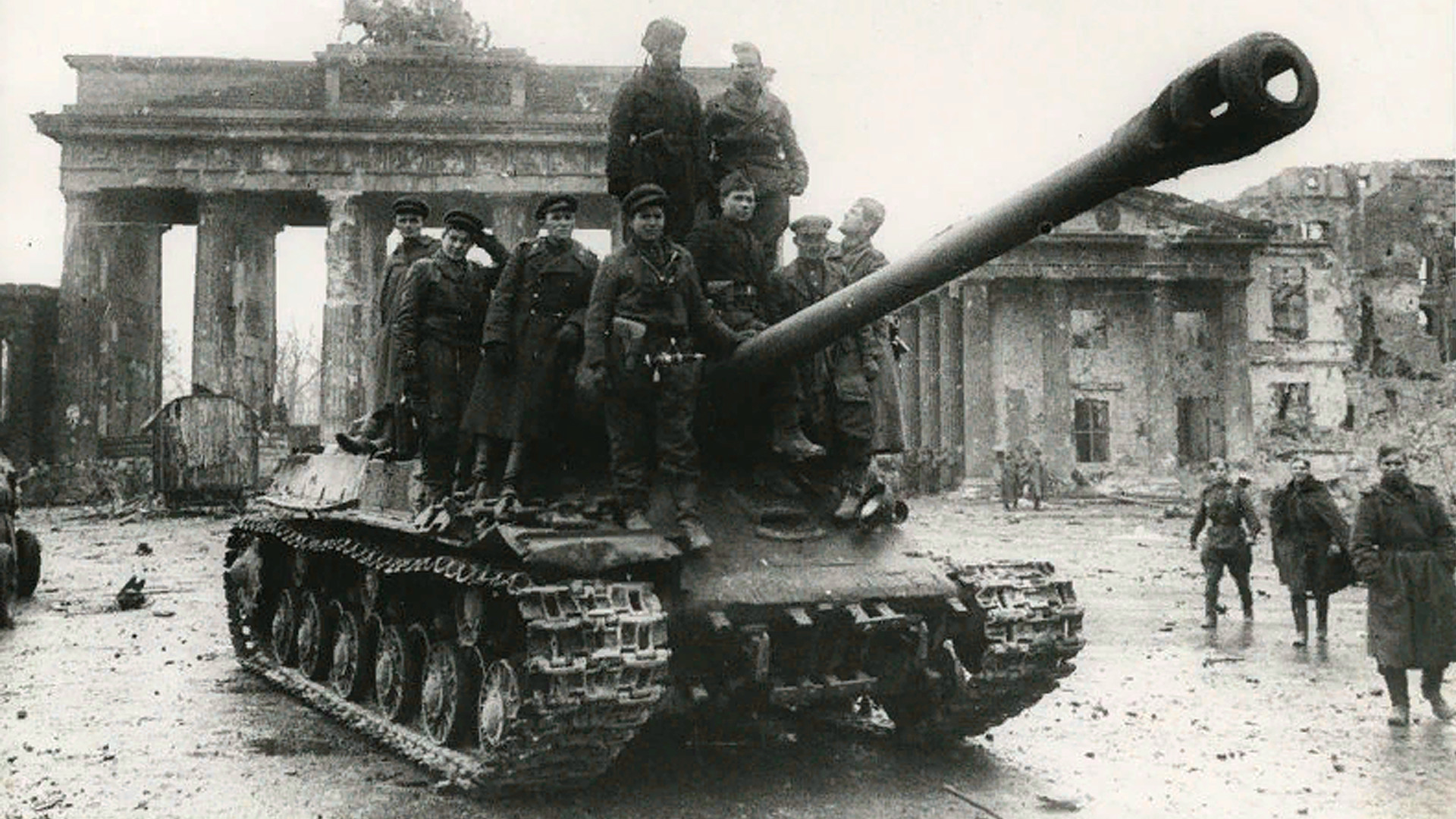
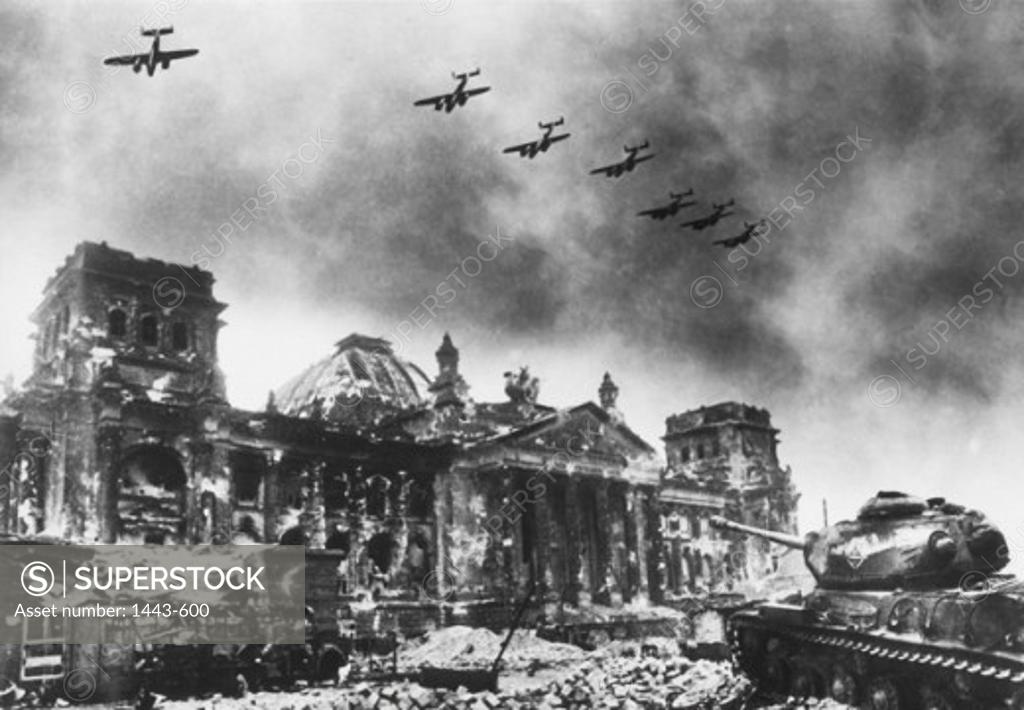
When we look at this colorized photo today, it seems almost surreal: The colors bring the past closer, almost as if we ourselves could walk through the streets of Berlin in 1945. The tank, the trams, the destroyed facades – all of this speaks of a city in a state of emergency. At the same time, the image reminds us how fragile political systems are and how catastrophic the consequences can be when power is founded on violence and oppression.
The end of the Third Reich in May 1945 marked a turning point in world history. The Allies, which included the Soviet Union, the United States, Great Britain, and other nations, had jointly defeated Nazi Germany. But the victory came at a high price. Millions of people had lost their lives, cities lay in ruins, and Europe was divided. Just a few years later, the Cold War began, and Berlin itself became a flashpoint in global political conflict.
Today, the Reichstag is once again a place of democracy. After its restoration in the 1990s, it became the seat of the German Bundestag. The glass domed roof that now towers over the building symbolizes openness and transparency—a deliberate contrast to its dark past. It is remarkable how a place that once served as a backdrop to the decline of the Reichstag has now become a symbol of new beginnings and democracy.
The photograph of the Soviet tank in Berlin is therefore far more than just a picture of war. It is a piece of remembrance culture, a window into the past that both warns us and offers hope. A warning because it reminds us of the horrors of war. Hope because it shows that reconstruction is possible even after destruction and violence.
When we talk about peace, freedom, and democracy today, we must not forget how hard they were fought for. This image is a powerful reminder that history is not abstract, but is reflected in concrete places, buildings, and faces. And it calls us to take responsibility for the present and the future.

